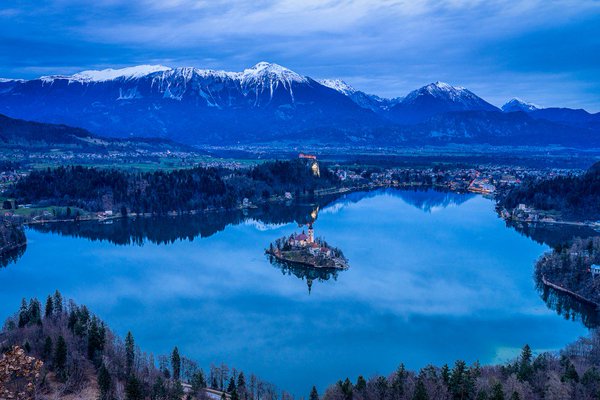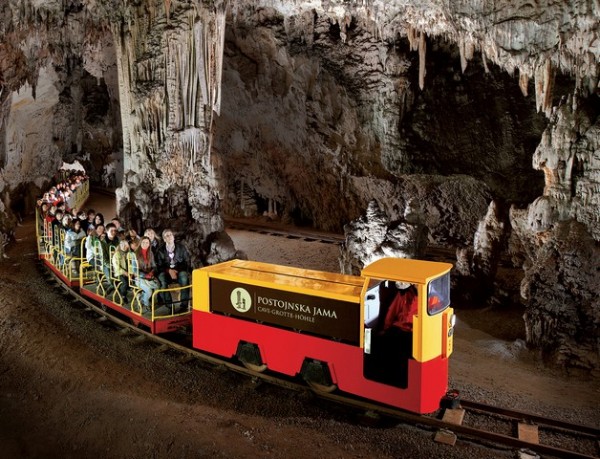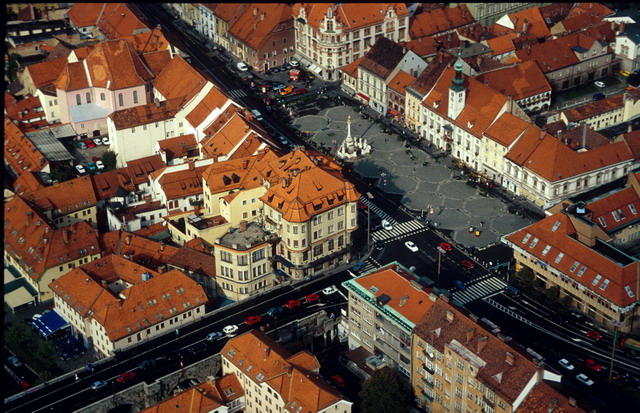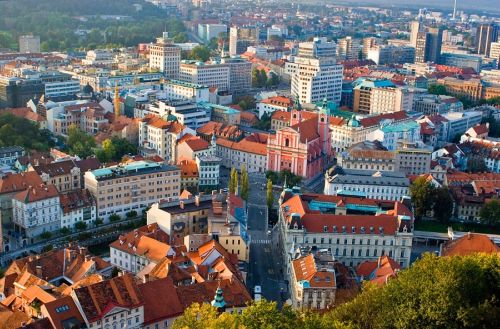Central and Eastern Europe demystified: A trip to the most beautiful capital cities – Part 3

Hello again! If we still haven’t convinced you there are more than enough reasons to come visit the less known side of Europe, it is the time we take a short tour through Ljubljana and Bratislava, our new stops in the quest to have Central and Eastern Europe demystified: A trip to the most beautiful capital cities.
A country where the Slavic, the Germanic, Hungarian and the Romance languages meet, with a history that goes back for centuries, yet remains virtually unknown to the word. Slovenia is a beautiful destination bordered by the Alps, the Pannonian Basin and having an exit to the Adriatic coast.
A word of warning, though: the dragons are here! Good news: they are… quite harmless and immobile. The symbol of Ljubljana, the capital city of Slovenia, are the Ljubljana Dragons, two dragon statues faithfully guarding the homonymous bridge and the whole city. The city is a prominent cultural and economic center.
The country with the similar name, similar history, but different identity, Slovakia, attracts visitors with a capital city that has lost much of the somber air of the old political regime. The city of Bratislava surprises its visitors with its beautiful old architecture, its castles dating back to hundreds of years of fascinating history, its old town center, museums, churches, parks and The Slovak National Theatre – Opera and Ballet House.
The main attractions recommended in Bratislava include the Hrad or Bratislava Castle, the Primatial Palace in Bratislava (a friendly, pink building with marble statues, regarded as one of the most beautiful buildings in the city), the Devin Castle (the oldest castle in Slovakia), the St Martin’s Cathedral (the most prominent Gothic church, originally built in the 13th century).
Many of us dismiss Central and Eastern Europe as a wild, slightly frightening vast place that is better avoided. But in the open globalized world today, you will be amazed to find beauty, mystery and civilization in this part of the world.





